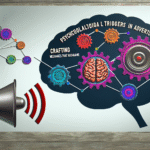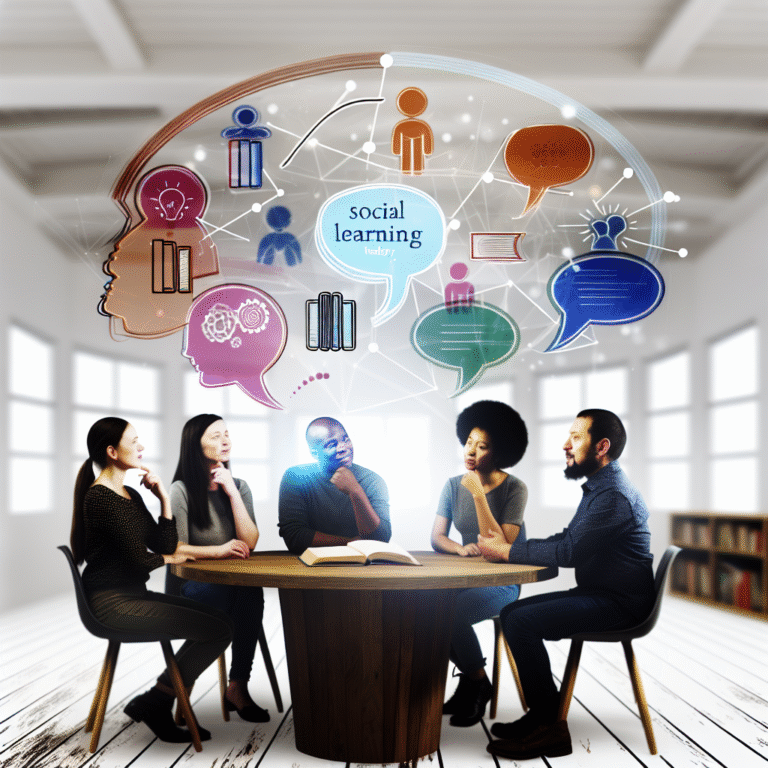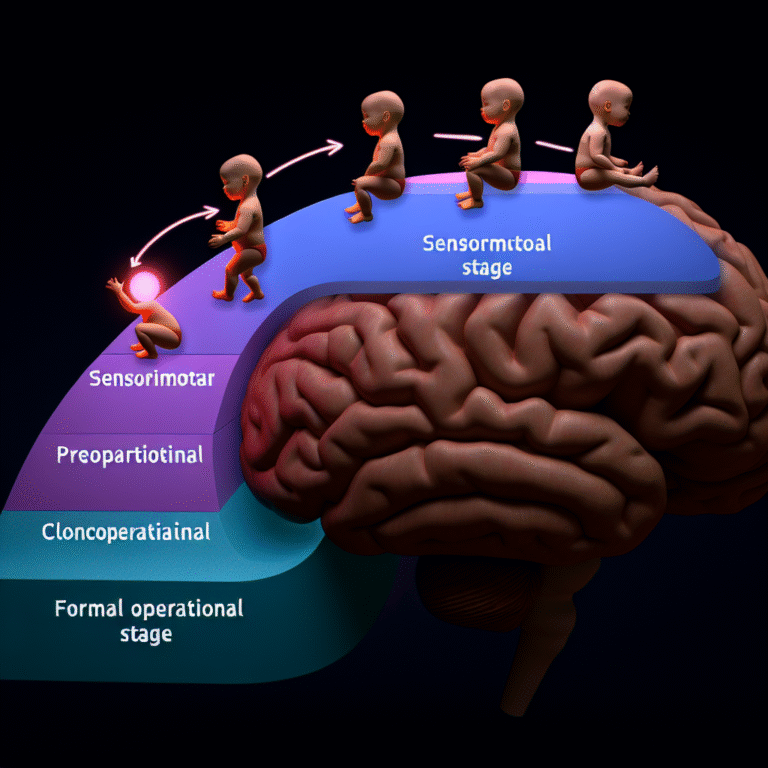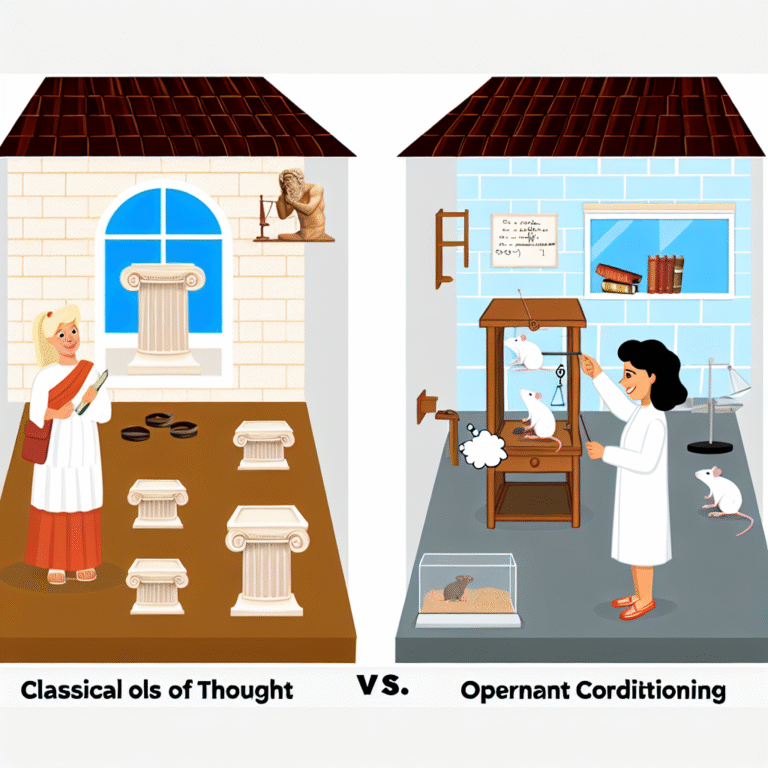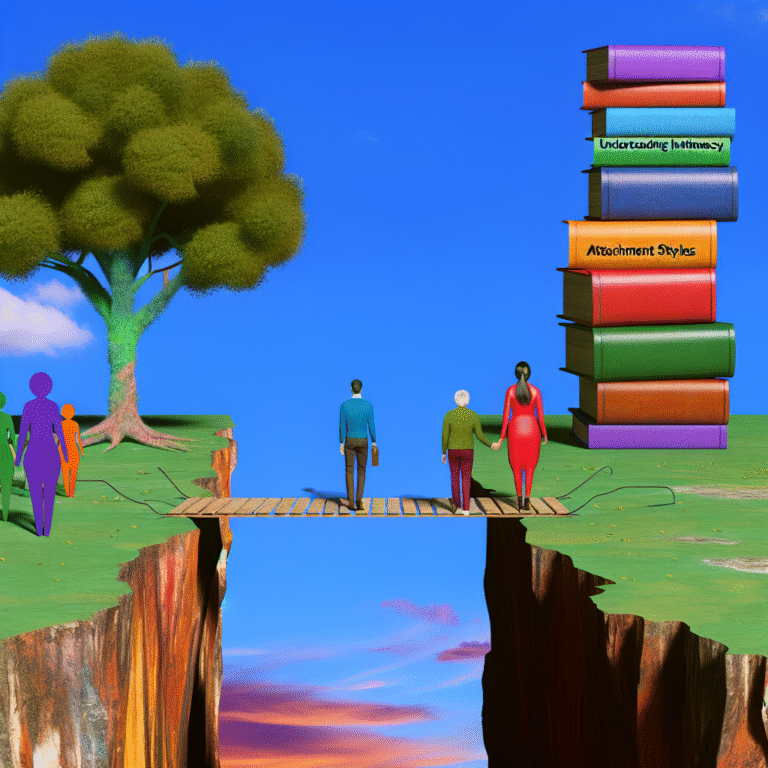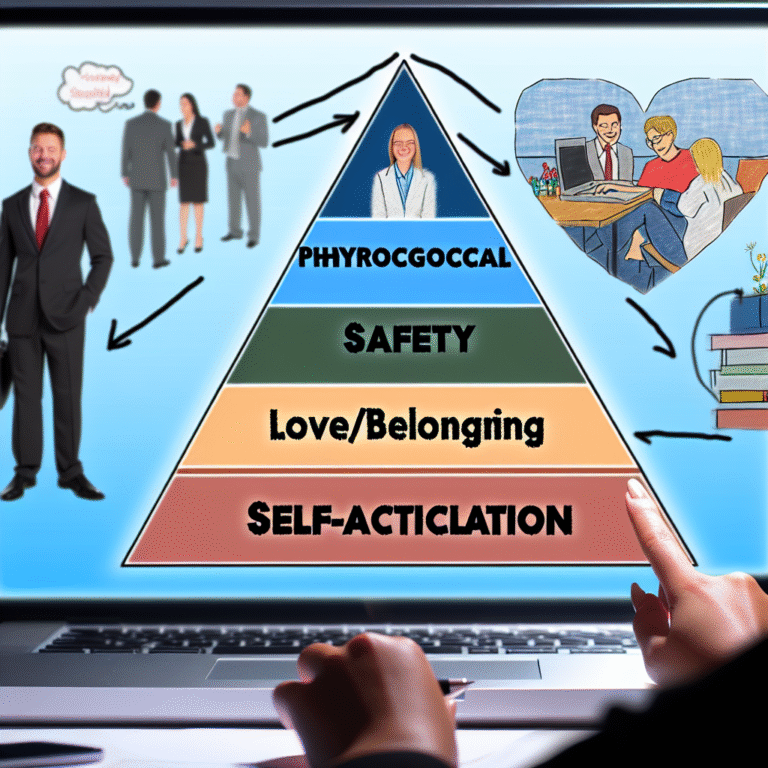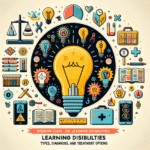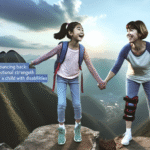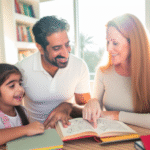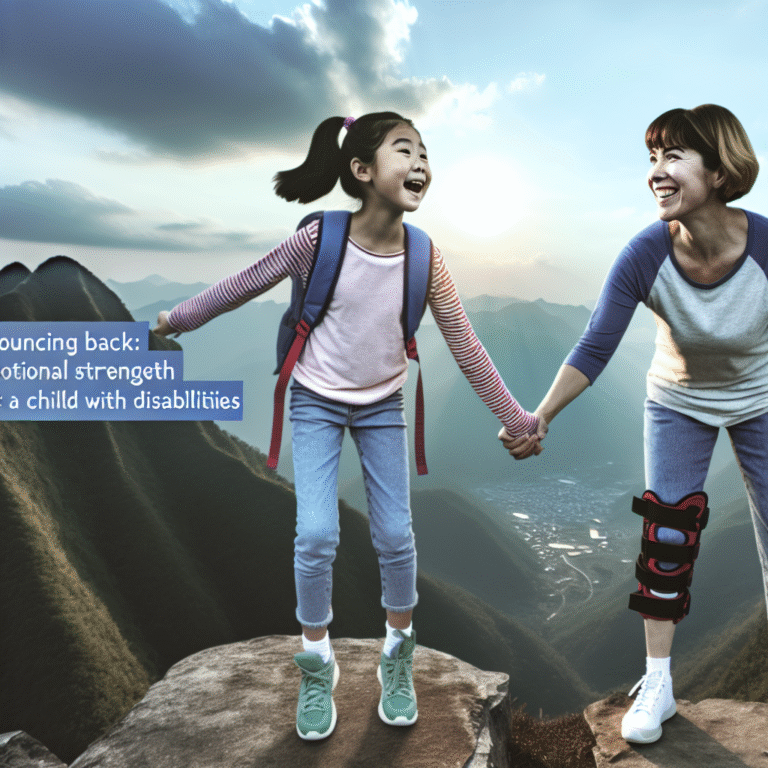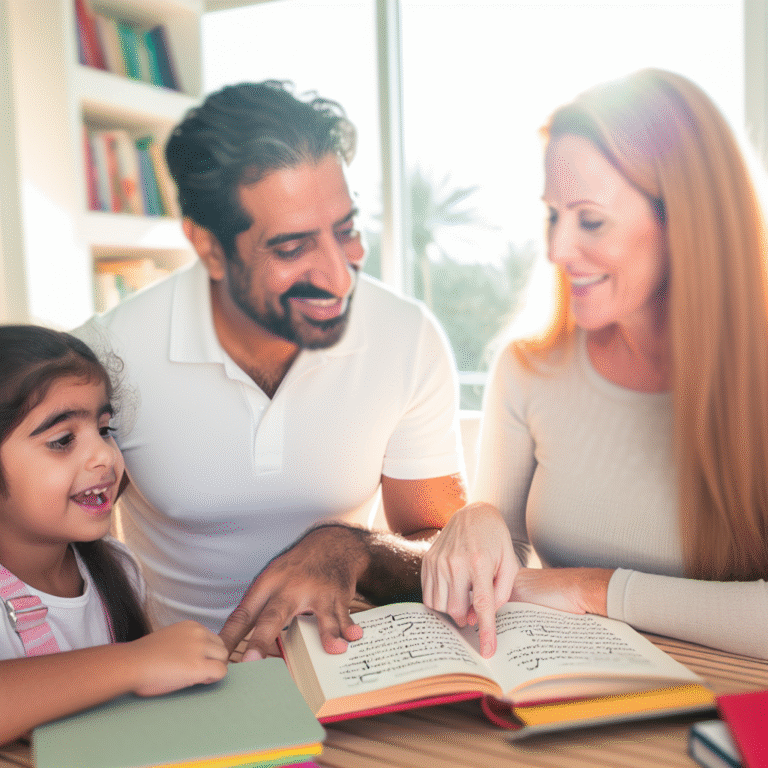
From Observers to Participants: How Social Learning Theory Transforms Behavioral Patterns
In a world where social media shapes our every interaction, understanding how we learn from one another becomes increasingly essential. We find ourselves influenced by what we see, hearing stories shared and witnessing behaviors enacted in real-time. The transformation from being mere observers to engaging participants is no longer just a theory; it’s a fundamental shift in human behavior largely explained by social learning theory.
Introduction: The Power of Learning by Example
Have you ever wondered why certain trends can sweep through communities overnight? Why do children often mimic their parents’ habits, values, and even accents? The answers lie in the powerful framework of social learning theory, a concept championed by psychologist Albert Bandura. As we explore the dynamics of learning within a social context, we uncover the vital role this theory plays in shaping our understanding of human behavior – creating pathways from mere observation to active participation.
In this comprehensive article, we will delve into From Observers to Participants: How Social Learning Theory Transforms Behavioral Patterns. By uncovering the mechanisms of learning through observation, we will see how this theory not only elucidates the way behaviors are acquired and transmitted but also empowers us to make conscious choices that can lead to transformation on both individual and societal levels.
Understanding Social Learning Theory
The Genesis of Social Learning Theory
Social learning theory emerged in the 1960s as Bandura’s response to the limitations of traditional behaviorism, which posited that behaviors could only be learned through direct reinforcement. Instead, Bandura broke ground by introducing the concept of observational learning—suggesting that much of what we learn is derived from what we observe in others.
The Four Key Processes
- Attention: In order to learn, one must observe. This means being able to focus on the behavior being modeled.
- Retention: The ability to remember the behavior observed is crucial. Without retention, the behavior cannot be reproduced.
- Reproduction: This is where the actual behavior is reenacted by the observer. The individual must be capable of converting that observation into action.
- Motivation: Finally, motivation plays a pivotal role in determining whether the observer will enact the behavior. Positive outcomes and reinforcements increase the likelihood of repetition.
By understanding these four processes, we start to see how From Observers to Participants: How Social Learning Theory Transforms Behavioral Patterns in a structured, consistent manner.
The Role of Modeling in Learning
Modeling is perhaps the most important aspect of social learning theory. It involves demonstrating behaviors, attitudes, and emotional responses that can be learned by others. This principle is utilized across various societal domains, including education, parenting, and even marketing.
Case Study Analysis: The Bobo Doll Experiment
One of the most iconic demonstrations of social learning theory is Bandura’s Bobo doll experiment. In this experiment, children observed adults behaving aggressively toward a Bobo doll. The results showed that children who witnessed the aggressive behavior were more likely to imitate those actions when given the opportunity to play with the doll.
| Group | Outcome | Implication |
|---|---|---|
| A | High levels of aggression | Observational learning validated |
| B | Low levels of aggression | Contextual differences in behavior |
This experiment illustrates the direct correlation between observation and behavior, reinforcing the concept of From Observers to Participants: How Social Learning Theory Transforms Behavioral Patterns.
Social Learning Theory in Different Contexts
Education: Fostering Active Engagement
In educational settings, the implementation of social learning principles can drastically affect student engagement and knowledge retention. Collaborative and peer-led learning environments where students model behaviors and skills can create more participatory learning landscapes.
Educational Case Study: Collaborative Learning in Classrooms
In a classroom setting where educators employ group projects, the findings showcase an increase in student engagement and higher academic performance. Students absorb knowledge from their peers, leading to a deeper understanding of subjects and the transition from observing to participating.
Parenting: Learning Through Example
Parents play a significant role as models for their children. Behaviors such as reading, kindness, and emotional expression are often learned through observation rather than direct instruction. By being mindful of their actions, parents can intentionally orchestrate environments that foster positive behaviors.
Parenting Case Study: Modeling Healthy Habits
A study conducted on families that regularly cooked together revealed that children who observed their parents preparing meals demonstrated healthier eating habits later. The act of cooking became a shared activity, promoting the values of health and nutrition through hands-on participation.
Marketing: Harnessing Social Behavior
Social learning applies significantly in marketing strategies as well. Brands that utilize testimonials and influencer marketing capitalize on observational learning, where potential customers observe others positively engaging with products.
Marketing Case Study: Influencer Marketing
In the realm of influencer marketing, platforms like Instagram show how users’ purchasing decisions are often informed by what they observe in their social circles. An analysis of sales data from brands utilizing influencer campaigns versus those not using them highlights increased conversion rates directly linked to the social proof effect.
| Method | Sales Increase (%) |
|---|---|
| Influencer Campaign | 32% |
| Controlled Ads | 8% |
This data highlights how social learning can drive not just behavioral changes but also economic ones—a vital consideration for businesses aiming to connect with their audience.
The Digital Age: Social Learning in the 21st Century
In our hyper-connected world, the shift from observers to participants has accelerated dramatically. Social media platforms are nurturing environments that amplify this transition.
The Impact of Social Media
Platforms like Facebook, Instagram, and TikTok embody rich ecosystems where users can observe a myriad of behaviors, trends, and lifestyles. This participatory culture fosters a unique learning environment where individuals not only consume content but also actively engage and replicate behaviors in real-time.
Digital Case Study: Viral Challenges
Social media viral challenges—such as the Ice Bucket Challenge—demonstrate the ultimate expression of social learning theory in practice. Individuals who observed others participating felt compelled to join in, contributing to a major fundraising campaign while creating a sense of community through shared experience.
Challenges and Critiques of Social Learning Theory
While social learning theory has been instrumental in understanding behavioral changes, it comes with its challenges and critiques. Critics argue that it may overlook intrinsic motivations and biological factors that influence behavior.
Addressing the Critiques
To address these concerns, a broader approach incorporating individual agency and biological predispositions can be explored. Understanding that social learning operates alongside intrinsic motivations leads to a more comprehensive view of human learning processes.
Conclusion: From Observation to Active Participation
As we have explored throughout this article, From Observers to Participants: How Social Learning Theory Transforms Behavioral Patterns reveals an intricate relationship between observation and action. By understanding how behaviors are acquired and modeled among individuals, we can harness the power of social learning to create positive change fostered by real-world connections.
We are reminded that through conscious modeling and participation, we hold the potential to shape not only our lives but also the lives of those around us. Next time you find yourself simply observing, consider the profound impact you can make by stepping into the role of an active participant.
FAQs Section
1. What is social learning theory?
Social learning theory is a psychological framework that emphasizes learning through observation, imitation, and modeling rather than through direct reinforcement.
2. How can social learning be applied in education?
In education, social learning can be implemented through peer-led activities, group projects, and collaborative learning environments that encourage students to learn from one another.
3. Can social learning theory be used in parenting?
Yes, parents can utilize social learning by modeling desired behaviors for their children, who are likely to imitate the actions and attitudes they observe.
4. How does social media influence behavioral patterns?
Social media amplifies social learning by providing a platform for users to observe and imitate behaviors and trends in real-time, encouraging participation and engagement.
5. What are the limitations of social learning theory?
Critiques of social learning theory suggest it may overlook intrinsic motivations and biological factors, emphasizing the need for a more holistic understanding of human behavior.
This article has provided insights into the transformative capacity of social learning. As modern society continues to evolve, embracing social learning theory isn’t just beneficial—it’s essential. Let’s engage, participate, and transform our behaviors for the better!

